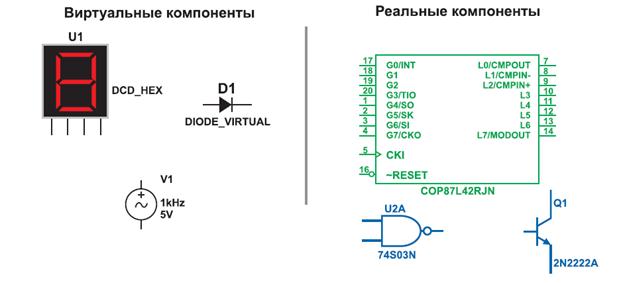SPELLING CHANGES IN MIDDLE ENGLISH. RULES OF READING
The most conspicuous feature of Late ME texts in comparison with OE texts is the difference in spelling. The written forms of the wordsin Late ME texts resemble their modern forms, though the pronunciation of the words was different. Before considering the evolution of English sounds one must get acquainted with the system of ME spelling in order to distinguish between sound changes and graphical changes. In the course of ME many new devices were introduced into the system of spelling; some of them reflected the sound changes which had been completed or were still in progress in ME; others were graphic replacements of OE letters by new letters and digraphs. In ME the runic letters passed out of use. Thorn — þ; — and the crossed d — ð;— were replaced by the digraph th, which retained the same sound value: [θ] and [ð]; the rune “wynn” was displaced by“double u ”— w —; the ligatures æ; and œ;fell into disuse. After the period of Anglo-Norman dominance (11th-13th c.) English regained its prestige as the language of writing, though for a long time writing was in the hands of those who had a good knowledge of French. Therefore many innovations in ME spelling reveal an influence of the French scribal tradition. The digraphs ou, ie, and ch whichoccurred in many French borrowings and were regularly used in Anglo-Norman texts were adopted as new ways of indicating the sounds[u:], [e:], and [t∫]. Compare the use of these digraphs in some borrowed and nativeME words: ME double ['duble] from O Fr double and ME out [u:t] from OE ūt (NE double, out); in NEwords soup, group ou alsostands for [u:]; ME chief [t|e:f] from French and the native ME thief (NE chief, thief); ME chaumbre ['t∫aumbr∂], chasen [‘t∫a:z∂n] (NE chamber, chase) from French, and native ME child [t|i:ld], ME much [mut|]. The letters j, k, v, and q were probably first used in imitation of French manuscripts. The two-fold use of g and c has survived today, owes its origin to French: these letters usually stood for [d3] and [s] before front vowels and for [g] and [k] before back vowels; cf. ME gentil [d3en’til], mercy [mer’si] and good [go:d], cours [ku:rs] (NE gentle, mercy, good, course). Other alterations in spelling cannot be traced directly to French influence though they testify to a similar tendency: a wider use of digraphs. In addition to ch, ou, ie, and th mentioned above Late ME notaries introduced sh (also ssh and sch) to indicate the new sibilant [∫], e.g. ME ship (fromOE scip), dg to indicate [d3] alongside j and g (before front vowels), e.g. ME edge ['ed3∂], joye [‘d3oi∂] (NE edge, joy); the digraph wh replaced the OE sequence of letters hw as in OE hwæt, ME what [hwat] (NE what). Long sounds were shown by double letters, for instance ME book [bo:k], sonne [‘sunn∂] (NE book, sun), though with vowels this practice was not very regular, e.g. long [e:] could be indicated by ie and ee, and also by e, cf. ME thief [θe:f], feet [fe:t], met ∂ n [‘me:tan] (NE thief, feet, meet). The introduction of the digraph gh for [x] and [x’]helped to distinguish between the fricatives [x, x’], which were preserved in some positions, and the aspirate [h]; cf. ME knyght [knix’t] and ME he [he:] (NE knight, he); in OE both words were spelt with h: OE cnieht, hē;. Some replacements were probably made to avoid confusion of resembling letters: thus o was employed not only for [o ] but also to indicate short [u] alongside the letter u; it happened when u stood close to n, m, or v, for they were all made up of down strokes and were hard to distinguish in a hand-written text. That is how OE munuc became ME monk, though it was pronounced as [muŋk] and OE lufu became ME love [‘luv∂] (NE monk, love). This replacement was facilitated — if not caused — by the similar use of the letter o in Anglo-Norman. The letter y came to be used as an equivalent of i and was evidently preferred when i could be confused with the surrounding letters m, n and others. Probably y acquired the new sound value [i, i:] when the OE vowels [y, y:] shown by this letter had changed into [i, i:]. Sometimes, however, y, as well as w, were put at the end of a word for purely ornamental reasons, so as to finish the word with a curve; ME nyne [‘ni:n∂], very [‘veri], my [mi:] (NE nine, very, my). w was interchangeable with u in the digraphs ou, au, e.g. ME doun, down [du:n] and was often preferred finally: ME how [hu:], now [nu:], lawe [‘lau∂], drawen [‘drau∂n] (NE how, now, law, draw). Table 1
|




